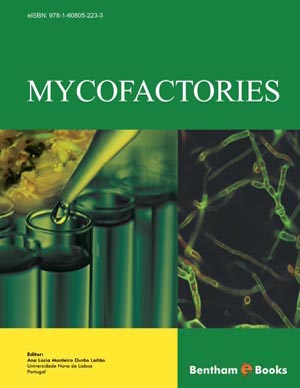Abstract
Paracoccidioides brasiliensis, a pathogenic dimorphic fungus geographically restricted to Latin America, is the causative agent of paracoccidioidomycosis, one of the most recurrent systemic mycoses in the region. Since its first description in 1908 by Adolpho Lutz in Brazil, P. brasiliensis has been considered the only species within the genus Paracoccidioides. Recent phylogenetic data have revealed the presence of cryptic species, namely P. brasiliensis S1, PS2 and PS3, and a well separated species, labeled P. lutzii as a tribute to Lutz. In this review, we bring together information that supports the existence of these new phylogenetic species, as well as summarize extensive works published on molecular aspects of dimorphism and morphogenesis done in classical strains of P. brasiliensis and also in P. lutzii (isolate Pb01). In doing so, we will attempt to analyze possible differences in their metabolic pathways, that may contribute to facilitate species differentiation and help researchers and clinicians to better understand the variety of pathologies so far reported in paracoccidioidomycosis.
Keywords: Paracoccidioides brasiliensis, Paracoccidioides lutzii, dimorphism, morphogenesis, molecular taxonomy, phylogenetic species, differentiation, paracoccidioidomycosis, adolpho lutz, mycelium, yeast, morphogenesis, conidia, cell wall.






